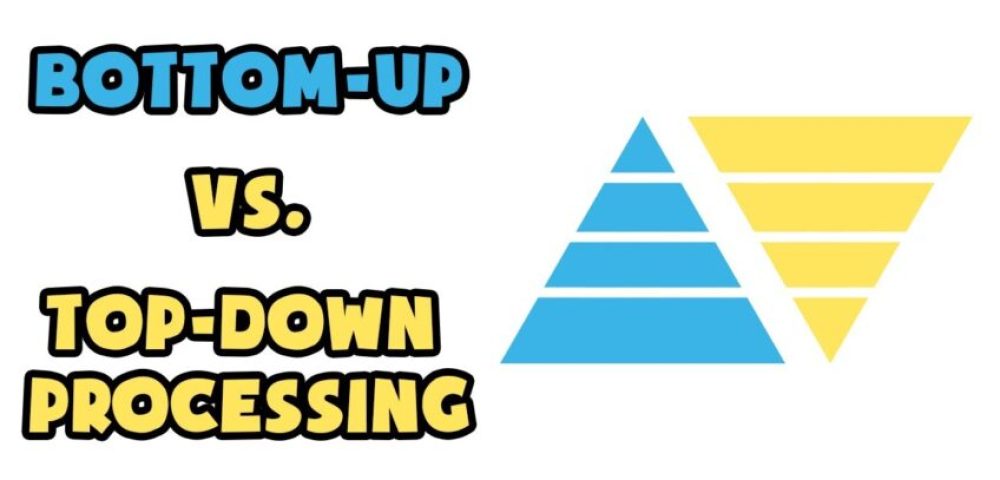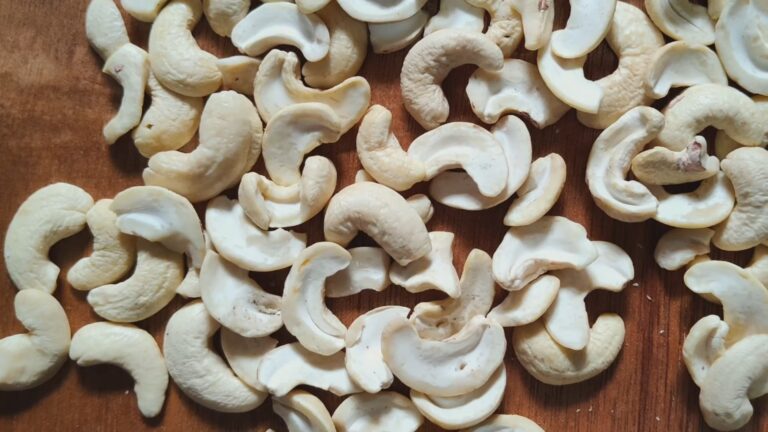Perception is the process through which we organize, interpret, and consciously experience sensory information gathered from our environment. It is a crucial aspect of our cognitive function that allows us to make sense of and respond appropriately to the world around us.
Our perceptual experiences are influenced by a combination of the sensory input we receive and the way our brain processes that input. Two primary approaches to understanding perception are top-down and bottom-up processing.
Page Contents
- 1 Defining Top-Down Processing
- 2 Gregory’s Theory: Perception as a Constructive Process
- 3 Introducing Bottom-Up Processing
- 4 Gibson’s Theory: Direct Perception
- 5 Motion Parallax: Supporting Bottom-Up Processing
- 6 Comparing Bottom-Up and Top-Down Processing
- 7 The Role of Cognitive Schemas in Top-Down Processing (Expanded)
- 8 Selective Attention and its Impact on Processing
- 9 Top-Down Processing in Memory and Cognition
- 10 The Role of Sensory Receptors in Bottom-Up Processing
- 11 Feature Detection: Analyzing Sensory Input in Bottom-Up Processing
- 12 Neural Pathways: Comparing Top-Down and Bottom-Up Information Flow
- 13 Perceptual Ambiguity: When Top-Down and Bottom-Up Processing Conflict
- 14 Top-Down and Bottom-Up Processing in Art and Visual Illusions
- 14.1 FAQ
- 14.1.1 How does top-down processing influence our emotional responses to sensory stimuli?
- 14.1.2 Can our perception of sensory input be altered through training or exposure to new experiences?
- 14.1.3 How do individual differences, such as personality or cognitive style, affect the balance between top-down and bottom-up processing?
- 14.1.4 Are there specific situations or contexts in which one type of processing is more advantageous than the other?
- 14.1.5 How do age and developmental factors impact the relative contributions of top-down and bottom-up processing in perception?
- 14.1.6 What role does attention play in the balance between top-down and bottom-up processing, and how can we improve our attentional skills?
- 14.1.7 How do neurological disorders or brain injuries affect the balance between top-down and bottom-up processing, and what are the implications for rehabilitation and treatment?
- 14.1.8 Can artificial intelligence and machine learning algorithms be designed to effectively balance top-down and bottom-up processing for tasks such as object recognition or natural language understanding?
- 14.1.9 How does the balance between top-down and bottom-up processing change during sleep or altered states of consciousness?
- 14.1.10 What insights can be gained from studying top-down and bottom-up processing in non-human animals, and how do these findings inform our understanding of human perception and cognition?
- 14.1 FAQ
- 15 Conclusion
Defining Top-Down Processing
Top-down processing is an approach to perception that involves interpreting sensory information based on prior knowledge, experiences, and expectations. In this method, our brain uses contextual information to make sense of incoming stimuli, effectively “filling in the blanks” and making predictions about what is likely to happen next. Top-down processing moves from general to specific, starting with our existing knowledge and applying it to interpret new sensory input.
Gregory’s Theory: Perception as a Constructive Process
British psychologist Richard Gregory proposed a theory of perception that emphasizes the role of top-down processing. According to Gregory, perception is a constructive process in which we draw inferences about the world around us based on our prior experiences and knowledge. He argued that our perception is based on the best hypothesis or assumption about the reality we encounter, using our existing knowledge to fill in gaps and make predictions.
Gregory further contended that a significant portion of visual information is lost before it reaches the brain. To compensate for this loss, our brain constructs a perceptual hypothesis based on similar memories and experiences. This process can sometimes lead to errors in perception, such as when we experience visual illusions like the Necker cube.
Introducing Bottom-Up Processing
In contrast to top-down processing, bottom-up processing is an approach to perception that begins with the raw sensory input or stimulus. This method can be described as “data-driven,” as it relies on the sensory information received from the environment to build perceptions. Bottom-up processing does not require prior knowledge or experience, as perception is based solely on the environmental inputs that the individual is currently receiving.
Gibson’s Theory: Direct Perception
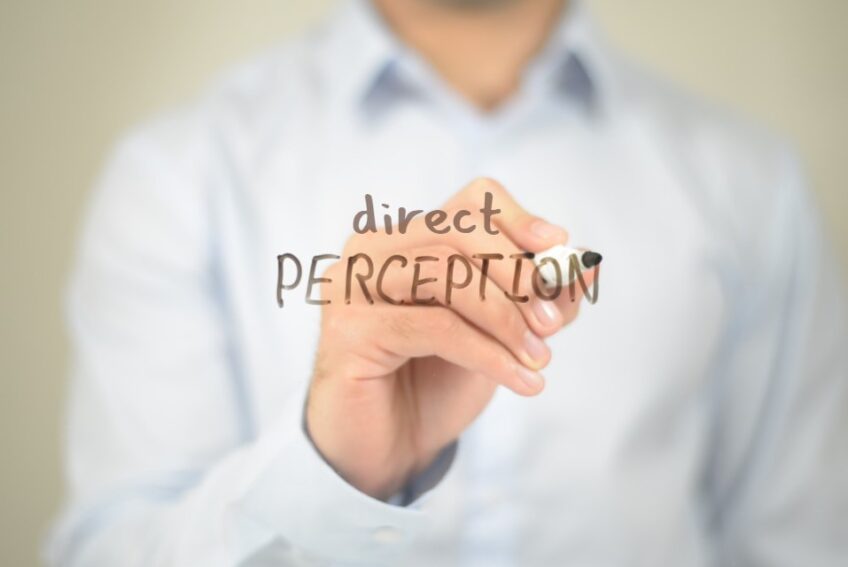
Psychologist E.J. Gibson challenged Gregory’s theory and argued in favor of bottom-up processing as the primary mechanism underlying perception. Gibson claimed that perception is a direct phenomenon, meaning that what we perceive is based on the environmental information available to us, without the need for any assumptions or hypotheses.
Gibson’s direct perception theory posits that the properties of a stimulus, such as its shape, size, and distance, can be accurately perceived based on the available environmental information. In this view, prior knowledge and experiences do not influence perception, as it is a direct result of the sensory input we receive.
Gibson’s theory is supported by examples like motion parallax, which demonstrates that we can estimate the distance between ourselves and moving objects based on the speed at which they appear to move relative to us. This phenomenon highlights the data-driven nature of bottom-up processing and its role in our perception of the environment.
Motion Parallax: Supporting Bottom-Up Processing
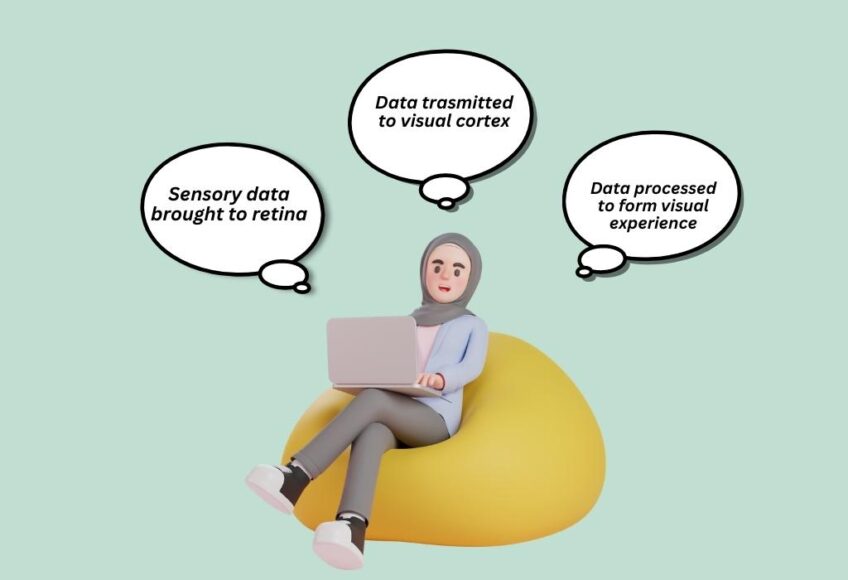
Motion parallax is a crucial aspect of bottom-up processing that provides evidence for Gibson’s direct perception theory. It refers to the apparent relative motion of objects in our visual field due to changes in our viewpoint or position. Motion parallax helps us perceive depth and distance, contributing to our understanding of the three-dimensional world.
When we are in motion, such as traveling in a vehicle or walking, objects at varying distances from us appear to move at different speeds. Objects that are closer to us seem to move faster across our field of vision, while objects farther away appear to move more slowly. This phenomenon allows us to estimate the relative distance between us and the objects we observe.
Motion parallax is a significant example of bottom-up processing in action, as it demonstrates how our perception of the environment is directly derived from the sensory input we receive. Our brain processes the raw sensory data without the need for prior knowledge or experience to influence our perception. In this way, motion parallax supports Gibson’s claim that perception is a direct, data-driven process.
Comparing Bottom-Up and Top-Down Processing

Bottom-up and top-down processing are two distinct approaches to understanding the perception process. They differ in how they incorporate sensory input, prior knowledge, and expectations into the formation of perception.
Bottom-up processing, as supported by Gibson’s direct perception theory, is data-driven and relies on the sensory information we receive from our environment. In this approach, perception is formed by analyzing and integrating sensory input without the need for prior knowledge or experience. This process is seen in examples such as motion parallax, where our brain uses the apparent motion of objects in our visual field to estimate distance and depth.
In contrast, top-down processing is schema-driven and depends on our prior knowledge, experiences, and expectations. Gregory’s theory posits that perception is a constructive process in which our brain uses contextual information to interpret sensory input. This approach suggests that our perception is based on the best hypothesis or assumption about the reality we encounter, using our existing knowledge to fill in the gaps and make predictions.
The Role of Cognitive Schemas in Top-Down Processing (Expanded)
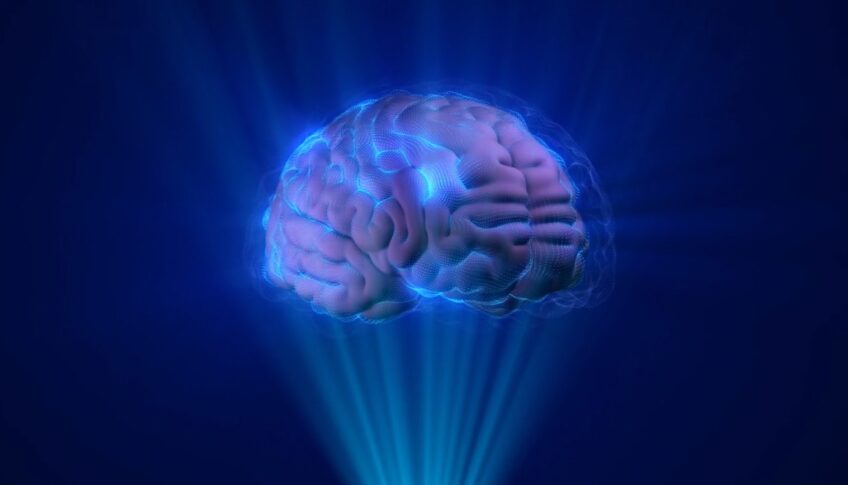
Cognitive schemas serve as mental frameworks that help us organize and interpret new information based on our past experiences and knowledge. These schemas can be thought of as mental “blueprints” that guide our expectations and provide a structure for understanding the world around us. In top-down processing, cognitive schemas play a critical role in shaping our perception and interpretation of sensory input.
For instance, when encountering an unfamiliar object, we might rely on our cognitive schemas to generate predictions about its likely function or purpose based on its similarity to other objects we have encountered before. Similarly, when reading a text, our cognitive schemas for the topic or genre can help us understand the overall meaning, even if some words or phrases are unclear.
Cognitive schemas are not static; they can be updated and refined over time as we gain new experiences and learn new information. This process of schema development and modification allows us to continually adapt our perceptual and cognitive processes to better understand and respond to our environment.
Selective Attention and its Impact on Processing
Selective attention is the process of focusing on specific aspects of our environment while ignoring others. It plays a significant role in both top-down and bottom-up processing, as it determines which sensory inputs receive priority for processing. In top-down processing, our attention may be guided by our goals, expectations, or prior knowledge, while in bottom-up processing, attention may be drawn to particularly salient or novel stimuli in the environment.
Top-Down Processing in Memory and Cognition
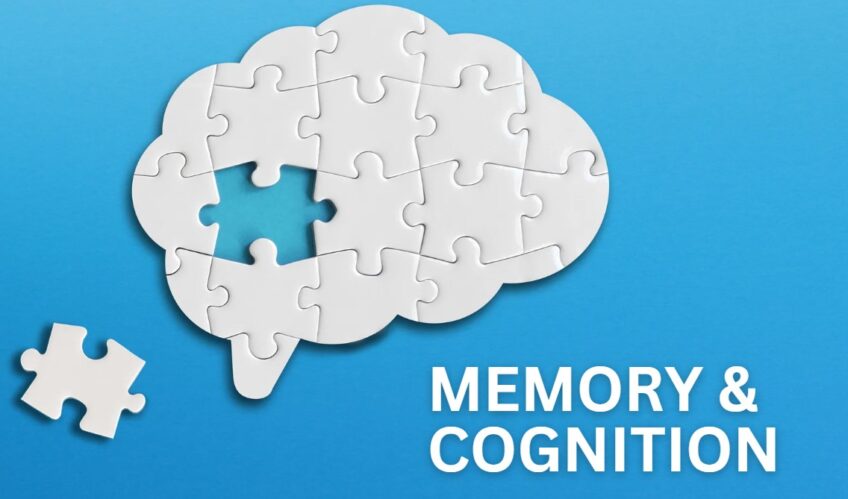
Top-down processing has far-reaching implications beyond perception, as it also influences other cognitive processes such as memory and cognition. In memory retrieval, for example, top-down processing can aid in recalling information by providing contextual cues based on our existing knowledge. This can be seen in the tip-of-the-tongue phenomenon, where we struggle to remember a specific piece of information but can often recall related details that help us eventually retrieve the target information.
Similarly, top-down processing plays a significant role in problem-solving and decision-making. By drawing on our prior experiences and knowledge, we can generate hypotheses, make predictions, and evaluate potential solutions more effectively. This can be particularly useful in complex or ambiguous situations, where bottom-up processing alone may not provide sufficient information to guide our decisions.
The Role of Sensory Receptors in Bottom-Up Processing
Sensory receptors are specialized cells that detect and respond to specific types of stimuli in our environment, such as light, sound, or touch. In bottom-up processing, these receptors play a critical role by providing the raw sensory data that forms the basis of perception. The information gathered by sensory receptors is transmitted to the brain, where it is processed and integrated to create a coherent perceptual experience.
Feature Detection: Analyzing Sensory Input in Bottom-Up Processing
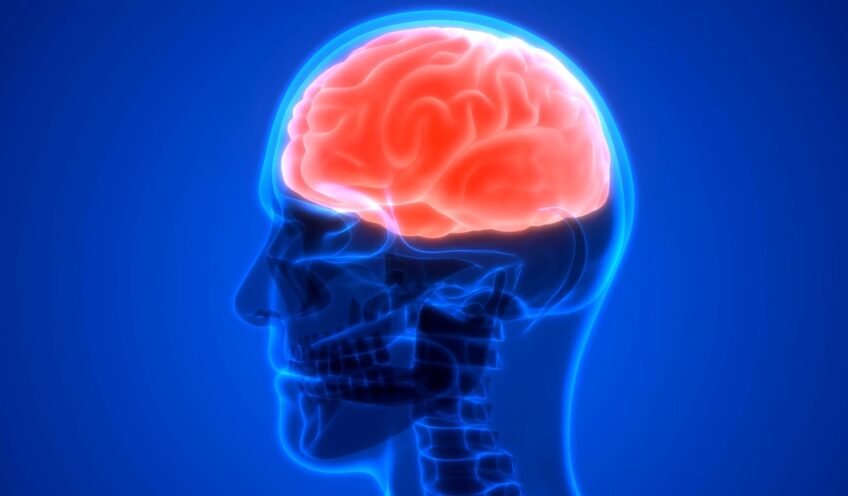
Feature detection is a key aspect of bottom-up processing, involving the analysis of specific attributes of sensory input, such as color, shape, or texture. Specialized neurons in the brain, known as feature detectors, are responsible for recognizing these attributes and processing the information. By breaking down sensory input into its constituent features, bottom-up processing enables us to build a detailed and accurate perception of our environment.
Neural Pathways: Comparing Top-Down and Bottom-Up Information Flow
The human brain processes information through a complex network of neural pathways that facilitate both top-down and bottom-up processing. In bottom-up processing, information flows from the sensory organs to the primary sensory cortices, such as the primary visual cortex for vision or the primary auditory cortex for hearing. From there, the information is passed on to higher-level processing regions, where more complex analyses and integrations take place. This hierarchical organization of information flow allows the brain to construct a detailed perceptual experience from the raw sensory input.
Top-down processing, on the other hand, involves feedback loops and interactions between higher-level cognitive areas and lower-level sensory processing regions. These higher-level areas, such as the prefrontal cortex and the parietal cortex, are responsible for processing contextual information, expectations, and prior knowledge. By influencing the processing of sensory input, top-down processing can modulate our perception to better align with our current goals and experiences.
The interplay between top-down and bottom-up neural pathways enables the brain to dynamically adjust its processing strategies based on the demands of a given situation. This flexibility is crucial for adapting to a constantly changing environment and allows us to efficiently process and make sense of the world around us.
Perceptual Ambiguity: When Top-Down and Bottom-Up Processing Conflict
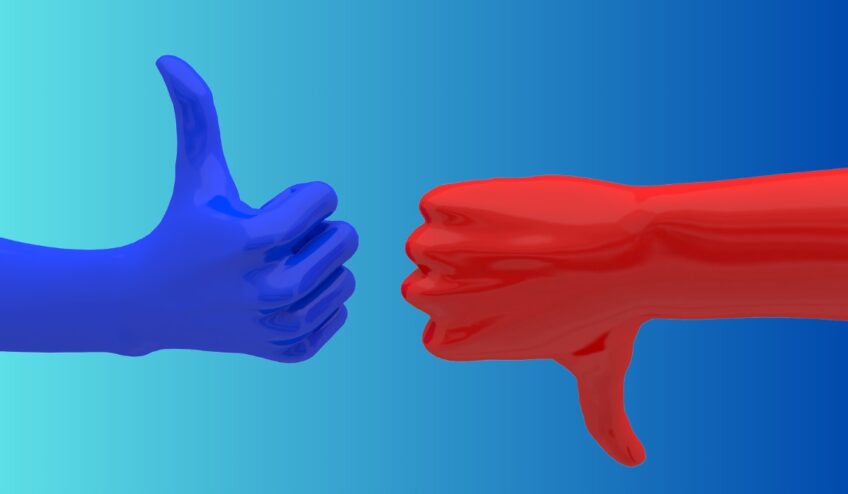
Perceptual ambiguity occurs when sensory input is open to multiple interpretations, and top-down and bottom-up processing may produce conflicting results. Ambiguous figures, such as the famous Rubin’s vase, illustrate this phenomenon, as our perception can alternate between two different interpretations. These situations demonstrate the complex interplay between top-down and bottom-up processing and highlight the role of context and prior knowledge in shaping our perception.
Top-Down and Bottom-Up Processing in Art and Visual Illusions
Art and visual illusions offer fascinating insights into the workings of top-down and bottom-up processing. Artists often manipulate visual cues and context to create specific effects or evoke particular emotions, playing with our expectations and prior knowledge. Visual illusions, on the other hand, can reveal the limitations of our perceptual system by exploiting the interplay between top-down and bottom-up processing, causing us to perceive things that are not actually present or to misinterpret sensory input.
FAQ
How does top-down processing influence our emotional responses to sensory stimuli?
Top-down processing influences our emotional responses to sensory stimuli by incorporating our prior experiences, knowledge, and expectations into our interpretation of the stimuli. This can lead to different emotional reactions depending on the context or our personal associations with the stimuli.
Can our perception of sensory input be altered through training or exposure to new experiences?
Yes, our perception of sensory input can be altered through training or exposure to new experiences. As we learn and adapt, our cognitive schemas and expectations can change, which in turn affects how we process and perceive new sensory information.
How do individual differences, such as personality or cognitive style, affect the balance between top-down and bottom-up processing?
Individual differences, such as personality or cognitive style, can affect the balance between top-down and bottom-up processing. Some individuals may rely more on their prior experiences and knowledge (top-down processing) while others may be more focused on the sensory input itself (bottom-up processing).
Are there specific situations or contexts in which one type of processing is more advantageous than the other?
Top-down processing may be more advantageous in situations where sensory input is ambiguous or incomplete, as it allows us to draw upon our prior knowledge to fill in the gaps. Conversely, bottom-up processing may be more effective in situations where the sensory input is novel or highly detailed, as it enables us to build a detailed perceptual experience based on the available information.
How do age and developmental factors impact the relative contributions of top-down and bottom-up processing in perception?
Age and developmental factors impact the relative contributions of top-down and bottom-up processing in perception. For example, infants and young children may rely more heavily on bottom-up processing as they are still building their cognitive schemas and prior knowledge. As individuals age and gain more experiences, their top-down processing abilities typically become more refined and influential in their perception.
What role does attention play in the balance between top-down and bottom-up processing, and how can we improve our attentional skills?
Attention plays a crucial role in the balance between top-down and bottom-up processing. By focusing our attention on specific aspects of sensory input, we can enhance our ability to process that information effectively. Improving our attentional skills can be achieved through mindfulness exercises, cognitive training, or practice in tasks that require focused attention.
How do neurological disorders or brain injuries affect the balance between top-down and bottom-up processing, and what are the implications for rehabilitation and treatment?
Neurological disorders or brain injuries can affect the balance between top-down and bottom-up processing, leading to perceptual or cognitive difficulties. Understanding these effects can help inform rehabilitation and treatment strategies, such as targeted cognitive or perceptual training programs, to address the specific processing deficits.
Can artificial intelligence and machine learning algorithms be designed to effectively balance top-down and bottom-up processing for tasks such as object recognition or natural language understanding?
Artificial intelligence and machine learning algorithms can be designed to effectively balance top-down and bottom-up processing for tasks such as object recognition or natural language understanding. By incorporating prior knowledge and contextual information (top-down processing) alongside detailed sensory input analysis (bottom-up processing), these algorithms can achieve more accurate and flexible performance in complex tasks.
How does the balance between top-down and bottom-up processing change during sleep or altered states of consciousness?
The balance between top-down and bottom-up processing may change during sleep or altered states of consciousness, as different brain regions and networks may be more or less active during these states. Studying these changes can provide insights into the neural mechanisms underlying perception and cognition, as well as the potential effects of sleep and consciousness on our processing abilities.
What insights can be gained from studying top-down and bottom-up processing in non-human animals, and how do these findings inform our understanding of human perception and cognition?
Studying top-down and bottom-up processing in non-human animals can provide valuable insights into the evolutionary origins and adaptive functions of these processes. Comparing the perceptual and cognitive abilities of different species can inform our understanding of the neural and behavioral mechanisms underlying top-down and bottom-up processing, as well as their roles in various ecological contexts.
Conclusion
In conclusion, top-down and bottom-up processing are two complementary approaches that our brains use to perceive and make sense of the world around us. Top-down processing relies on prior knowledge, experiences, and expectations to interpret sensory input, while bottom-up processing focuses on the raw sensory data itself.
The interplay between these two processes allows us to adapt to a constantly changing environment and efficiently process the vast amount of sensory information we encounter daily.
Understanding the mechanisms and factors that influence the balance between top-down and bottom-up processing not only enhances our comprehension of human perception and cognition but also informs the development of artificial intellige
Theodore is a prolific author at Fischer Institute, known for his insightful articles on health and nutrition. His expertise spans a wide range of topics, from the benefits of traditional foods to the latest in health trends, always aiming to educate and empower readers towards better wellbeing.
Also Read:
- What’s the Difference Between a Psychologist and a…
- Do I Have Kidney Stones or a UTI? How To Tell the Difference
- What Are the Duties and Responsibilities of a…
- Cabbage Juice for Ulcers and Gastritis - Healing Your Gut
- Fruit That Starts With N - Tasty and Nutritious Delights
- Fruit That Starts With v - Rare and Delicious

